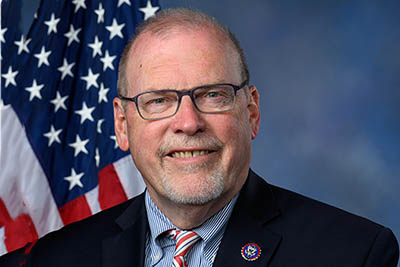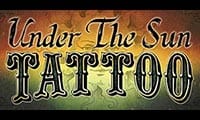Assassination History
 Like you, I was shocked by the attempted assassination of President Donald Trump.
Like you, I was shocked by the attempted assassination of President Donald Trump.
This latest assassination attempt of a president is nothing new to American history books.
One of America’s most renowned presidents, Abraham Lincoln, was victim of a cold-hearted tragedy. As the Union Army neared victory in the U.S. Civil War, an actor with pro-South leanings decided to hatch a plot to assassinate Lincoln.
The actor carried out his plan on Good Friday, April 14, 1865. Lincoln, with his wife and members of his cabinet, attended Ford’s Theatre for a play. The actor entered Lincoln’s suite, where he shot Lincoln in the back of the head.
President James Garfield became the second American president to succumb to the tragic fate of assassination.
A campaign worker who helped Garfield’s 1880 election campaign wanted a foreign embassy position.
He never received the desired appointment and decided to kill Garfield. He shot Garfield twice at a local DC train station. Garfield died months later from infection complications.
In September of 1901, Republican President William McKinley attended a New York exposition to meet members of the public. An anarchist who held contempt for American capitalism had other ideas.
He stood in a line of fairgoers before shooting McKinley twice in the abdomen.
A mob descended on the shooter, to which McKinley allegedly quipped, “Go easy on him, boys!”
McKinley’s passing eight days later thrusted Vice President Theodore Roosevelt into the presidency.
Roosevelt served out the rest of McKinley’s term and won re-election in 1904. He decided not to seek another term in 1908 and supported William Howard Taft for president, but in 1912 reversed course and challenged Taft.
On his way to a campaign event for the Bull Moose party, Roosevelt faced near death. On October 14, 1912, Roosevelt was shot once in the chest.
The bullet inflicted minimal damage. While it did penetrate his skin, Roosevelt’s dense overcoat, steel-reinforced eyeglass case and printed speech provided enough of a shield to block the bullet from reaching his heart.
The shooter also faced the wrath of those around him, to which Roosevelt responded, “Don’t hurt him. Bring him here…What did you do it for?”
The shooter allegedly did not answer.
Roosevelt then insisted on going to the campaign event, where he would give a speech. Roosevelt quipped:
“Ladies and gentlemen, I don’t know whether you fully understand that I have just been shot, but it takes more than that to kill a Bull Moose.”
Only after the campaign event did he seek medical attention!
Roosevelt’s relative, President Franklin Delano Roosevelt, also survived an assassination attempt.
Then President-Elect Roosevelt stood on the back of a vehicle in Miami, Florida, in February 1933, giving a speech before an alleged anti-capitalist discharged his gun.
The shooter hit five people, but not Roosevelt.
Much controversy surrounds President John F. Kennedy’s assassin. The suspect had a history of communist leanings, which included defecting to the Soviet Union and supporting Cuba’s Fidel Castro.
A man whose loan had been turned down by the Small Business Administration accused the Nixon Administration of conspiring to oppress the poor. He stormed through Baltimore/Washington International Airport, killed a policeman and a pilot while attempting to hijack a plane and crash it into the White House.
Security foiled his plans.
Nixon’s successor, President Gerald Ford, faced two such attempts on his life in a span of seventeen days!
A female Manson Family cult follower, and a female radical who admitted to her interest in bringing a violent revolution to America, both failed in their attempts to kill Ford.
Ford was a witness in one of his assailant’s trials. Ford became the first U.S. president to testify at a criminal trial. Ford’s Presidential Museum now displays the weapon used in the assault.
The last major assassination attempt of the twentieth century involved President Ronald Reagan, who was shot outside the Hilton Hotel in Washington, DC. Thankfully, Reagan survived the attempt.
His shooter tried to impress actress Jodie Foster.
As a result of some would-be assassins trying to impress the public or gain notoriety, I have left out the names of all the attackers.
As of this writing, questions remain unanswered on the twenty-first century’s first U.S. assassination attempt, the one on Donald Trump.
How did the gunman manage to penetrate security and get on top of the roof?
What were the shooter’s motives?
Congress must hold vigorous investigations to ensure something like this never happens again. Not only do we owe it to future political leaders, but we owe it to the American people.
If you have questions, concerns, or comments, feel free to contact my office. You can call my Abingdon office at 276-525-1405 or my Christiansburg office at 540-381-5671. To reach my office via email, please visit my website at www.morgangriffith.house.gov.









